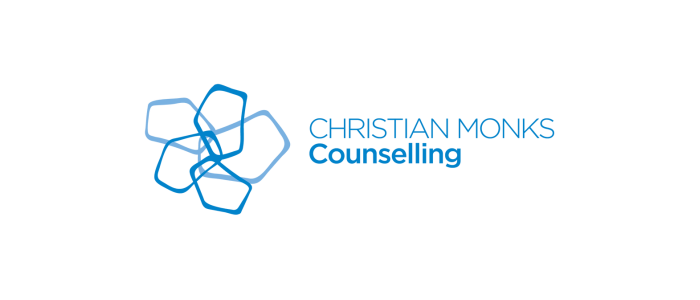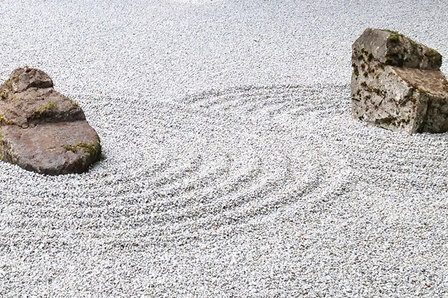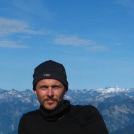VALUES
The following values: Hope; Trust, Courage; Acceptance and Mindfulness guide me in my life and in my work with you. At the end of each paragraph, I use the image of a roped suspension bridge to illustrate how these values can relate to counselling.
Hope
For me, hope not only gives a direction in my life but it has offered the right direction. Hope has been like a magnet that has brought me forward. With hope—I had an alternative to fear. With hope, we can begin to have a different relationship to our suffering—our suffering does not appear as big as before. Hope is like walking along an edge of a cliff and finally coming across a suspension bridge and realizing that you can get to the other side—where once we felt trapped, we finally have a glimmer that things can get better.
|
Trust
For me, trust has been invaluable—I have such gratitude for those that hold my trust—my teachers, my friends and my colleagues. Being able to trust others—to trust a therapist—provides a level of stability in my life so I can direct my energy into reaching higher. We need to depend on someone because we are hardwired to connect. And from the ability to trust someone, only then are we able to reach our potential. So with respect to the suspension bridge—we need to trust that this bridge is going to hold us up. The good news is that I have walked this bridge many times so I am happy to go out and in front and demonstrate that this path is trust worthy. So we need to develop trust gradually in the bridge and in the guide. If we had no trust in the bridge or the guide, then we, wisely, have no business crossing that bridge. But if we can begin to trust that bridge—and put our feet slowly down until we feel comfortable, we build certainty in the ‘support’, until, eventually, we arrive at the other side.
Courage
I have not made any major life changes without acting on a sense of frustration that led me to act with courage. I was scared to leave a life of academia and to turn down a fellowship in New York and embark on an unknown career path in counselling. But my frustration with my sense of ‘stuckness’ compelled me to be brave—to take a leap from a place of familiarity to the unknown and new. With respect to the suspension bridge, it takes a lot of courage to make that first step. Each step presents its own challenges—some bridges are short while others are longer. But without tapping into that sense of frustration of being stuck, I believe it is really hard to dare ourselves to take that all-important first step into the new.
Acceptance
I found tremendous relief in the discovery that life’s obstacles are part of the journey. Rather than obstacles saying something negative about me—that I was not good enough or I did not try hard enough—obstacles are something everyone has to experience. Not only that, there is a world of difference between accepting obstacles instead of getting frustrated with them. Acceptance does not mean we have to like the obstacles before us (such as unexpected events or unpleasant emotions) but it does mean finding a way to lean into those experiences; as opposed to what we tend to do and that is trying to avoid them. And as we cross the suspension bridge, we can expect that the bridge might sway or some steps are not as stable as others. But more importantly, I have found that the steps that look the scariest—the ones that we really try to avoid—once we test them—we discover that we imagined them to be much worse than they actually were. With each obstacle, we can pause, we can accept, and we can take our time working through them until we become comfortable to move on.
Mindfulness
|
Without mindfulness—without awareness of the present moment—living all the other aforementioned values, I believe, is a lot more difficult. By being able to trust the present moment, we can recognize hope, feel into trust, act on daring and learn to embrace acceptance. Being more mindful does not mean that obstacles can be avoided—but it is all the difference in the world when we can be reflective and more mindful in our actions versus being reactive and mindless in our actions. So as we transverse the bridge—how do we best put down our foot for each step? We do so mindfully. We put it down, ease our weight on to it. And then, once we are secure, we might cinch our hand forward on the rope railing and continue on our way. With mindfulness, we build upon the other values. As it was said, “Slowing things down, speeds things up.”
|



